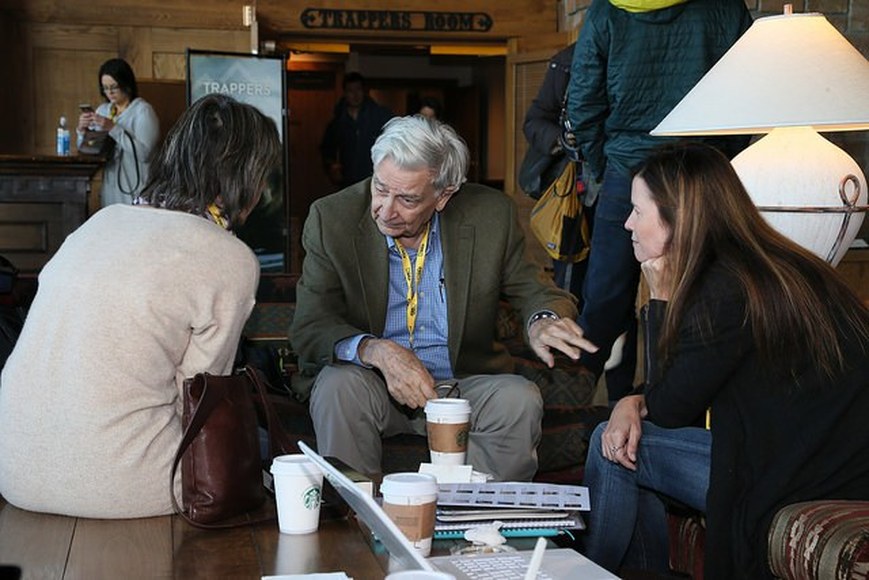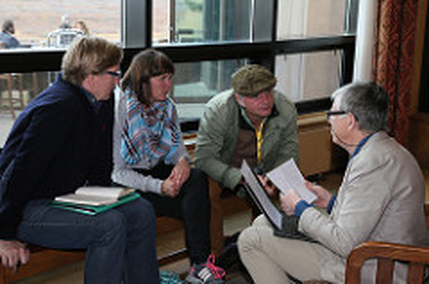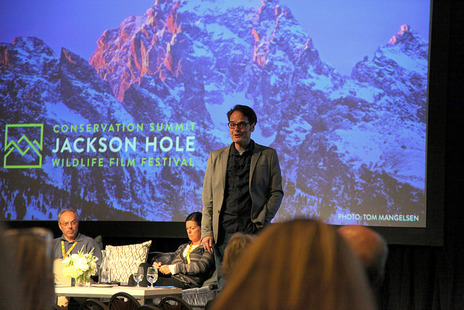|
By: Lizzie Stallings 1. Define your ‘story’: What’s your subject? Why is it interesting?This does not mean that you have to know the end to your story yet; you could just have an interesting lead worth exploring. Let the story tell its own conclusion. After all, the beginning stages are just that: the beginning. 2. What’s your chosen format?How will you tell your story? Think of what you’re trying to communicate: would it work best as a long-form film? Short-form? Should it be episodic? Photographic? A novel? An app? This will help clarify what information you should and should not include, and stylistically, how to include it. 3. What’s your angle? Is your story about Big Foot? The Great Pyramids? A lemur who can spell? Great! Now clarify why your take is original. It’s alright if aspects of your story have been told before—with Big Foot, they have been—but originality is key in developing your narrative. Always keep in mind: am I answering a compelling question? 4. Who is your talent? Regardless of format, your audience will only connect with your story if your character or characters render some sort of emotion, inspiration, or intrigue. Humanize them, make the relatable; your talent is part of your ‘hook’, and will hold the attention of potential sponsors, producers, publishers, viewers and readers alike. 5. Who is your audience?Are you trying to educate or dazzle them, or both? Are you trying to advocate a cause? (Of course you can have other purposes, but consider your purpose with regard to who will be viewing or reading your content.) What age? This consideration could help inform steps 2-4 as well! 6. Who are YOU to your audience?Remember, your position as author, director, or builder (etc) will be relevant to the audience if you want it to be. For instance, an actress advocating for an end to elephant poaching can make her point as an actress. If you are a scientist, data might validate your claims. Certain details about you as creator might come across in your story. If that helps move the story along, allow them to! 7. What would you like to see as the end result?Again, this is intertwined with steps 1-6, but once you’ve defined your quest and purpose, having a clear vision for the future of your story could help you in pursuing “the next step”! 8. What’s your outlet?This is not the same question as “what’s your chosen format”; your outlet is the platform through which your story will be published, promoted or viewed. For instance, by posting episodes or films online, you have an opportunity to include an interactive component. This could be great for projects with “education” in mind. A few good reminders:Should you wish to broadcast or publish your piece, remember you’ll have to pitch it! Answering these questions for yourself will help you in developing a theme or proposal surrounding your story. As Jared Lipworth of National Geographic reminded us, “Treat your story (or pitch) like a funny joke or a gift to your audience. Think, ‘I have to set up a punch line and once you see that punch line, you’ll be hooked.’” Also remember, “Don’t pitch in the bathroom!” *** This advice comes from the information shared at our Jackson Hole Wildlife Film Festival panels, “Crafting the Perfect Pitch” and “The Art and Science of Effective Storytelling.” A Special Thank-You to our speakers on those panels: Lucinda Axelsson, BBC
Sabine Holzer, Head of TV at Terra Mater Factual Studios Jared Lipworth, V.P. of Specials at National Geographic Studios Carole Fleisher, President of Fleisherfilm Emre Izat, Executive Producer of Off the Fence Productions Katie Carpenter, Everwild Media & Yale University Dan Kahan, Professor of Law and Psychology at Yale University Laurie David, Producer of An Inconvenient Truth Carl Safina, Carl Safina Institute Jody Gottlieb, Vulcan Productions ***
0 Comments
Leave a Reply. |
Archives
March 2024
Categories
All
|
Contact UsJackson Wild
240 S. Glenwood, Suite 102 PO Box 3940 Jackson, WY 83001 307-200-3286 info@jacksonwild.org |




 RSS Feed
RSS Feed